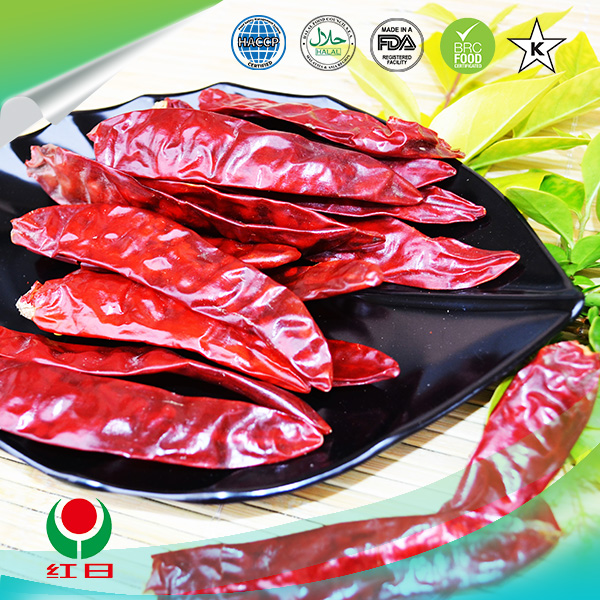- No. 268 Xianghe Street, Economic Development Zone of Xingtai city, Hebei 054001 China
- Byron@hbhongri.cn
oleoresin capsicum vs pepper spray
Oleoresin Capsicum vs. Pepper Spray Understanding the Differences
When discussing self-defense measures, pepper spray often comes to mind as a popular and effective deterrent against potential threats. However, many people might be unfamiliar with the term oleoresin capsicum, which is a key ingredient in most pepper sprays. Understanding the differences and similarities between oleoresin capsicum and the final product, pepper spray, can be crucial for making informed choices regarding personal safety.
What is Oleoresin Capsicum?
Oleoresin capsicum (OC) is a natural extract derived from the fruit of various types of Capsicum plants, commonly known as chili peppers. It contains capsaicin, the compound responsible for the heat and spiciness of peppers. The concentration of capsaicin in oleoresin capsicum can vary significantly, often ranging from 5% to 60%. This compound is particularly important in the context of self-defense as it causes intense irritation to mucous membranes, leading to temporary blindness, difficulty breathing, and an overwhelming burning sensation.
Pepper Spray Composition
Pepper spray, on the other hand, is a tactical self-defense tool that typically contains oleoresin capsicum as its active ingredient. It often includes other components as well, such as solvents, propellants, and other additives that enhance its efficacy and ease of use. The exact formulation can vary between brands and types of pepper spray. While oleoresin capsicum serves as the primary irritant, the presence of these additional components can impact the spray's range, delivery system, and overall effectiveness.
Potency and Effectiveness
oleoresin capsicum vs pepper spray

The potency of pepper spray is often measured in terms of SHU (Scoville Heat Units), which quantifies the heat level. Pure capsaicin scores over 16 million SHU, while oleoresin capsicum used in pepper sprays typically ranges between 1 million and 3 million SHU. This translates to varying levels of effectiveness against assailants. For example, a spray with a higher OC concentration will produce more severe reactions in the target, making it a more effective deterrent.
Moreover, environmental factors can influence the performance of pepper spray. Wind, temperature, and humidity can affect how the spray disperses and its impact on the intended target. It is essential to choose a pepper spray tailored to the specific circumstances you may encounter, as formulations designed for outdoor use may differ from those intended for indoor protection.
Legal and Practical Considerations
The legality of carrying and using pepper spray, which contains oleoresin capsicum, varies from place to place. Different regions have specific regulations regarding the size and strength of canisters that can be carried or the contexts in which they can be used. It is crucial for individuals to stay informed about local laws to ensure they remain compliant while considering personal safety options.
In practical terms, using pepper spray involves understanding how to aim and deploy it effectively. Proper training is recommended, as improper use could lead to self-injury or unintended harm to bystanders. Many manufacturers offer training videos and resources to ensure that users are well-prepared for potential encounters.
Conclusion
In the comparison between oleoresin capsicum and pepper spray, it’s clear that oleoresin capsicum is the active ingredient responsible for the defensive capacity of pepper spray. Knowing the differences between the two helps users make informed decisions about personal protection. As with any self-defense tool, education, training, and legal awareness are paramount to ensure safety and effectiveness.
-
Unlock the Power of Nature with Capsicum Oleoresin ExtractNewsJul.03,2025
-
Unleash the Heat: Discover the Wonders of Spicy Crushed Red PepperNewsJul.03,2025
-
Unleash the Flavor of Red Pepper Pods – Elevate Your Culinary Creations!NewsJul.03,2025
-
The Rich Flavor of Red Pepper Dried – The Ultimate Ingredient for Your Culinary Creations!NewsJul.03,2025
-
Discover the Rich Flavor of the PaprikaNewsJul.03,2025
-
Discover the Flavorful World of Paprika & Chili ProductsNewsJul.03,2025







